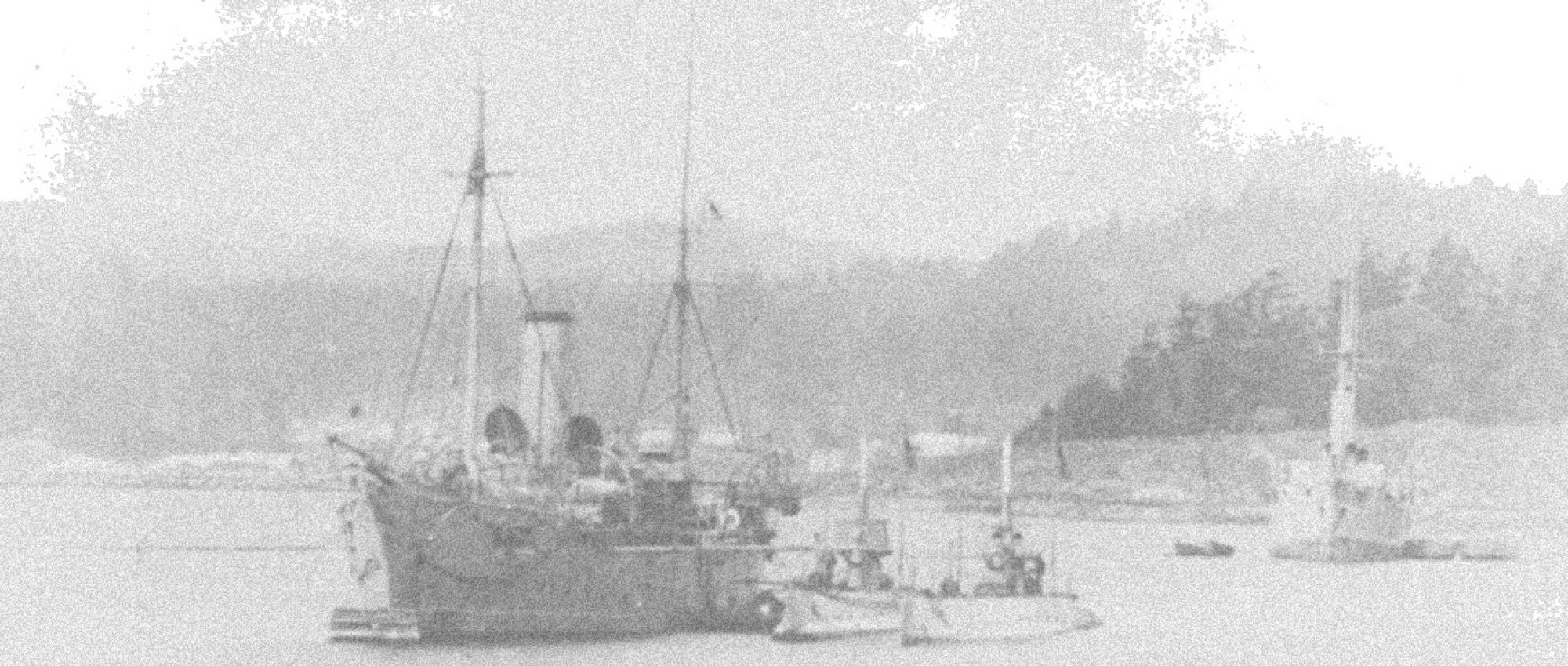Esquimalt’s predominant shipyard during World War I was Yarrows Ltd. Located at Jones Landing in Esquimalt Harbour, throughout the war the company continued with the tradition that had been established by the Esquimalt Marine Railway that was formed in 1893 as a ship building, ship repair and refit depot. This had come about due to the suggestion of Sir James Douglas who stated in a letter to Rear Admiral Henry Bruce of the Royal Navy, Commander-in-Chief Pacific Station, “I think you would find it convenient to make this place, Esquimalt, a general naval depot for the Pacific Fleet.”28
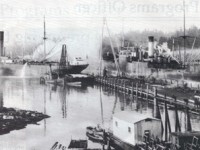
Although the Royal Navy pulled out in 1904, the shipyard had gained a reputation for being able to pull ships out of the water in record time. By that time it was operated by William Fitzherbert Bullen, one of the original partners in the original business that was reformed as the British Columbia Marine Railway. 29
In 1913, Bullen suffered a stroke which incapacitated him. His wife Annie then instigated negotiations with Alfred Yarrow, who was the head of Yarrows & Company shipyards on the Clyde in Scotland at Glasgow. Yarrow and his son Norman went on a scouting mission to investigate the BC Marine Railway Co in September 1913, and receiving assurances from the Canadian Federal Government that a graving dockyard would be built nearby, Yarrow took control of the company. 30
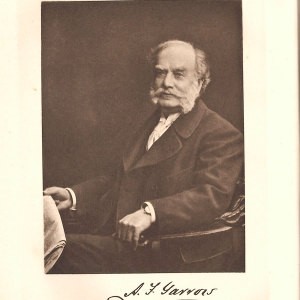
Alfred Yarrow stayed on as director until 1915, when he handed over control to son Norman, who had been trained in the shipbuilding industry in Scotland where Yarrows had established a reputation for building destroyers and torpedo boats. 31 In 1917, they received their first large order from Burma, which required sternwheel steamers the Sarak, Sima, Shillong, Saga and Sind to operate as hospital ships on the Tigris River. They were built in pieces at the yard and shipped to Rangoon for assembly. 32
The company also manufactured shell casings during the war for the Imperial Munitions Board and naval gun mountings at Signal Hill. Its close proximity to the Royal Canadian Navy dockyard and the Dominion graving dock brought the company repair work, and any other government work “that came along.”33
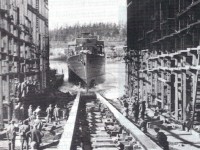
The “excellent facilities for warship construction” at Yarrows were underutilized, despite Alfred Yarrow meeting personally with Prime Minister Borden to discuss the impediments facing the growth of the shipbuilding industry in Canada. 34
The yard continued to expand during the war years, and the yard employed 800 men . By 1918 the business included a modern machine shop, a boiler shop, joiner shop, pattern shop, coppersmith and pipe shop, foundry, welding plant and a galvanizing plant. 35
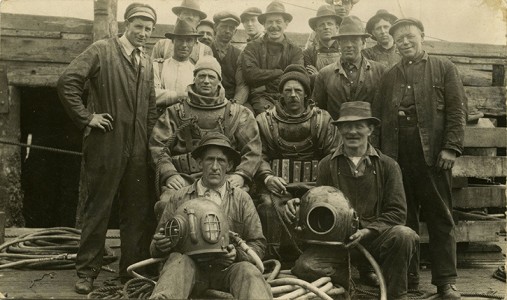
by Catherine Gilbert
